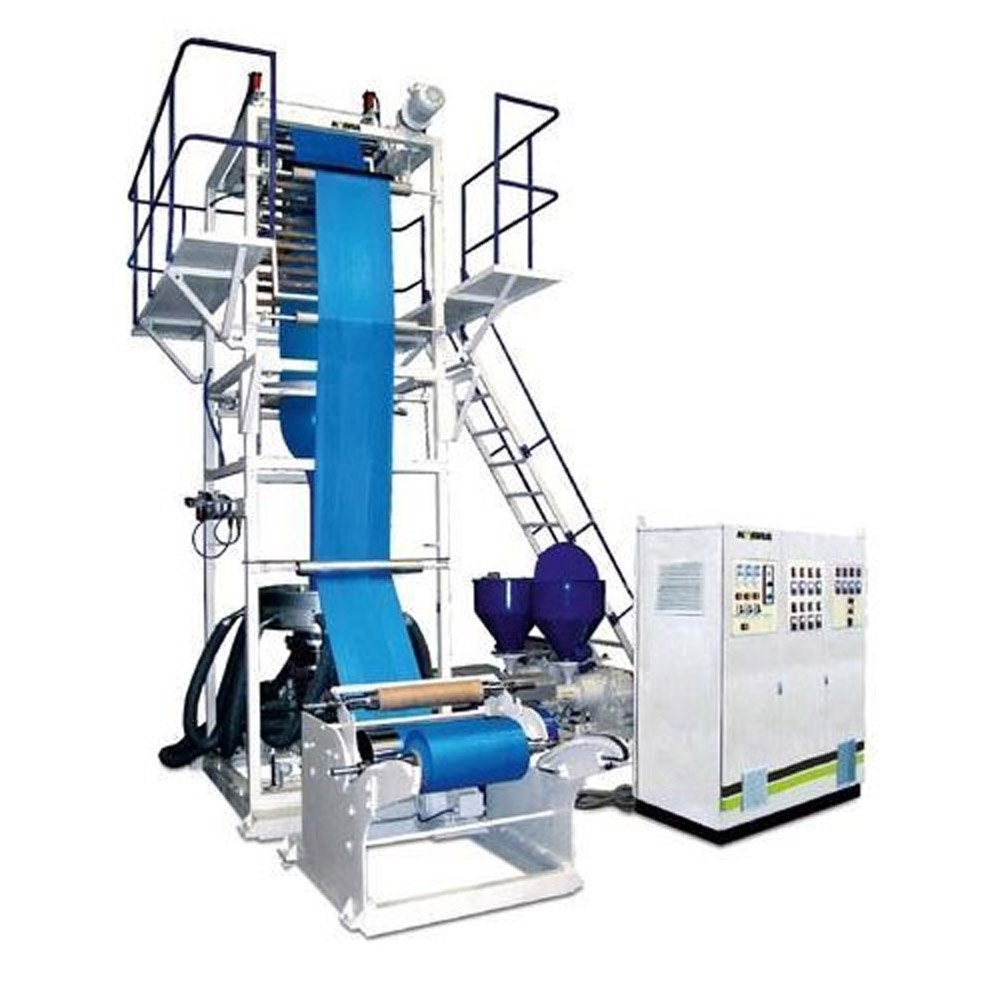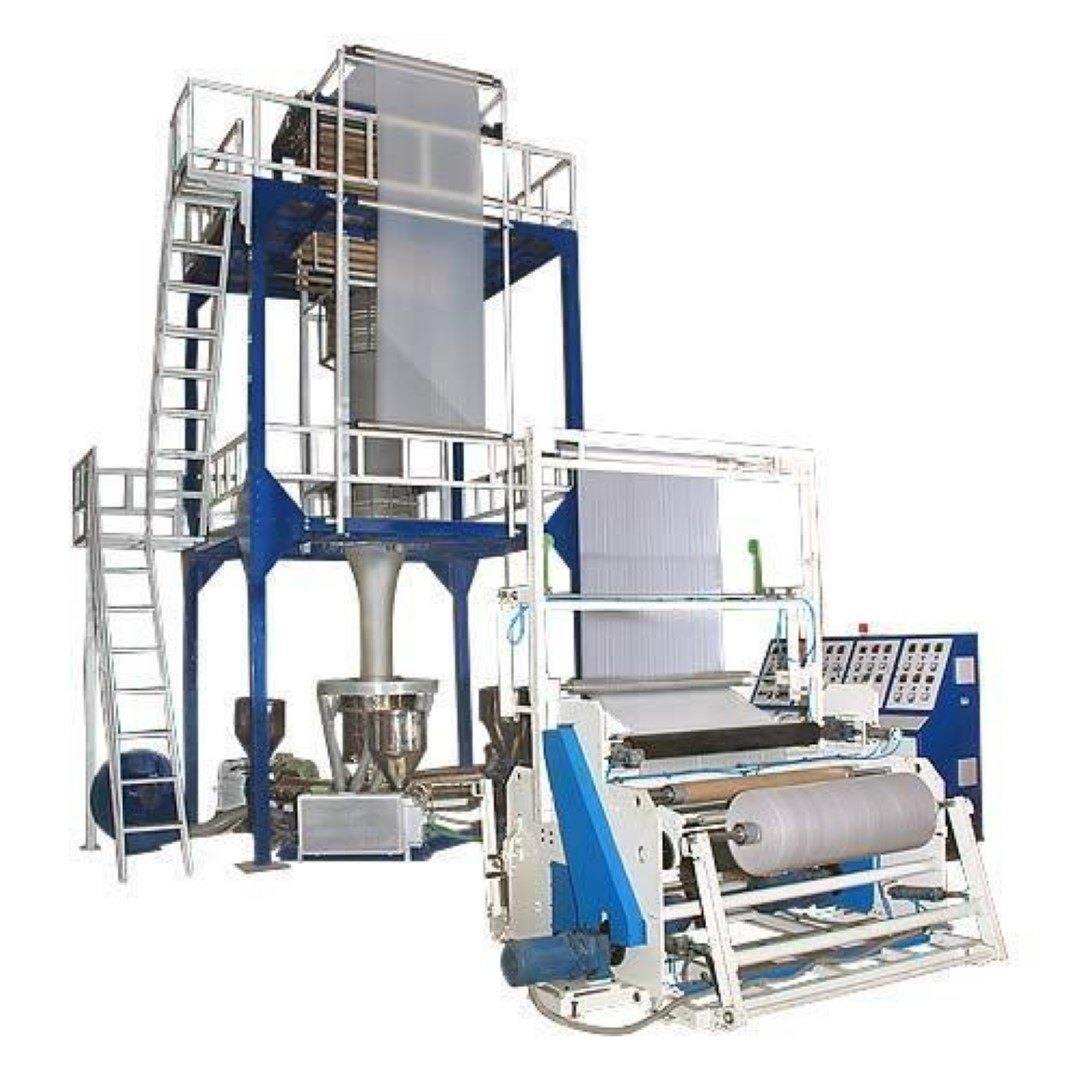Blown film extrusion is a widely used process in the plastics industry for manufacturing thin plastic films. These films are commonly used in packaging, agriculture, and various other applications. The process involves melting plastic resin and forming it into a continuous tube, which is then inflated to produce a film. This method is highly versatile and allows for the production of films with different thicknesses and properties.
Planar Plastic Tube Quenching (PPTQ) is an advanced extrusion technique used in blown film production. This process enhances the quality of the film by rapidly cooling the extruded polymer using an air ring or water quenching. The quick cooling helps in achieving better optical properties, such as clarity and gloss, and improves the mechanical strength of the film.


Monolayer extrusion machines are the simplest form of blown film extrusion technology. These machines extrude a single layer of plastic, which is inflated to form a film. Monolayer films are commonly used for applications where basic protection or simple packaging is required. Although these films have limited barrier properties, they are cost-effective and suitable for a wide range of applications, including grocery bags, shrink wraps, and liners.
To meet the demand for films with enhanced properties, co-extrusion technology was developed. In 2-layer and 3-layer co-extrusion machines, multiple extruders are used to combine different polymers into a single film with multiple layers. Each layer can be designed to impart specific properties to the film, such as improved strength, barrier protection, or sealability.

© Mechatronic Automation | All Rights Reserved | Designed by Riveyra Infotech Pvt. Ltd.